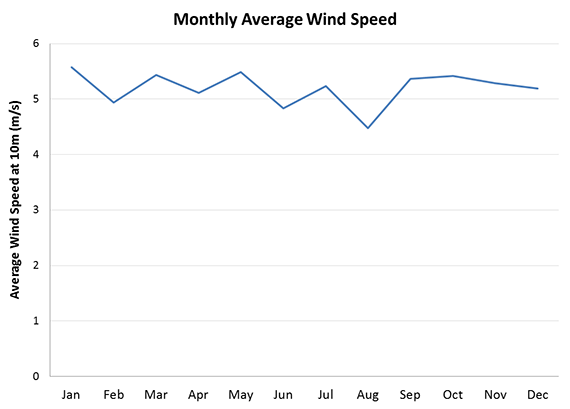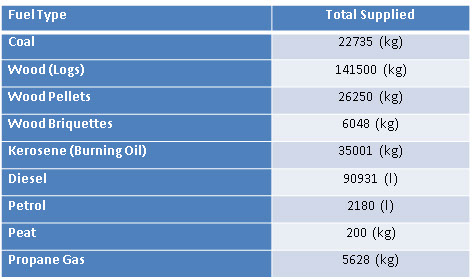Eigg Overview
Eigg is a small community with around 100 inhabitants living in 52 homes alongside several community buildings.
The island is 20km south west of Mallaig and 15km south of Skye on the west coast of Scotland, situated within the inner Hebrides. The island is of particular natural beauty, often called the ‘garden of the Herides’. It is the site of the largest exposed piece of pitchstone in the UK, An Sgurr, and hosts views over the cullins of Rum and Skye.
The island has a unique sense of community which was compounded by the community buyout of 1997 by the Isle of Eigg Heritage Trust. This was the first major community buyout of its kind and one which paved the way for much of Scotland’s land reform. The buyout followed years of neglect and abuse from feudal style landlords. The Eigg Heritage Trust then set about improving quality of life on the island promoting improvements to infrastructure and economic growth. The most notable of these upgrades is the formation of Eigg Electric Ltd, the community owned company which operates the island's autonomous electrical network. The company draws its income from electricity sales, ROC income, and a standing charge for metering equipment.
The electrical network made a tremendous difference to the island's inhabitants who prior to its installation relied on diesel generators to provide their electricity. A mainland grid connection was estimated to cost between £3-5million, twice the cost of the current electrical network which cost £1.6 million (1). This money was raised by grants from various charitable bodies such as Big Lottery Fund, Highlands and Islands Enterprise (HIE) Lochaber, Scottish Community & Householder Renewables Initiative (SCHRI) and the European Regional Development Fund.

Eigg Location and Electricity Network as of 1st February 2008 (1)


View of the Sgurr from Galmisdale House
View of Rum from Laig
climate
Eigg is situated in the Cfb climate zone according to the Köppen classification scheme (3). Cfb relates to a maritime temperate climate, which are often overcast and humid. The weather conditions show large seasonal variations. Given its position in the north western corner of Europe, Eigg has an ample wind resource, subject to the full force of prevailing westerlies.
The following graph was produced from data taken from Wind&Sun's monitored averages on site.

Eigg's imports - current heat sources (4)
The isle of Eigg imports its fuel used in space heating from the mainland. The table opposite shows the amount of each fuel imported to the small isles, of which Eigg is the largest. All imports come via the ferry link to the mainland.
The total expenditure on coal, wood and diesel are estimated to be:
Coal- £1,681 per annum
Wood- £2,037 per annum
Diesel - £30,135 per annum
It has been estimated that 11 MWh / year of Eiggs heating demand is met by solar thermal panels.(5) Those who have solar thermal say it is effective to some degree, however, the energy is not reliable enough to feature as part of a proposed solution.

© University of Strathclyde | TEC Eigg | Sustainable Engineering 2016